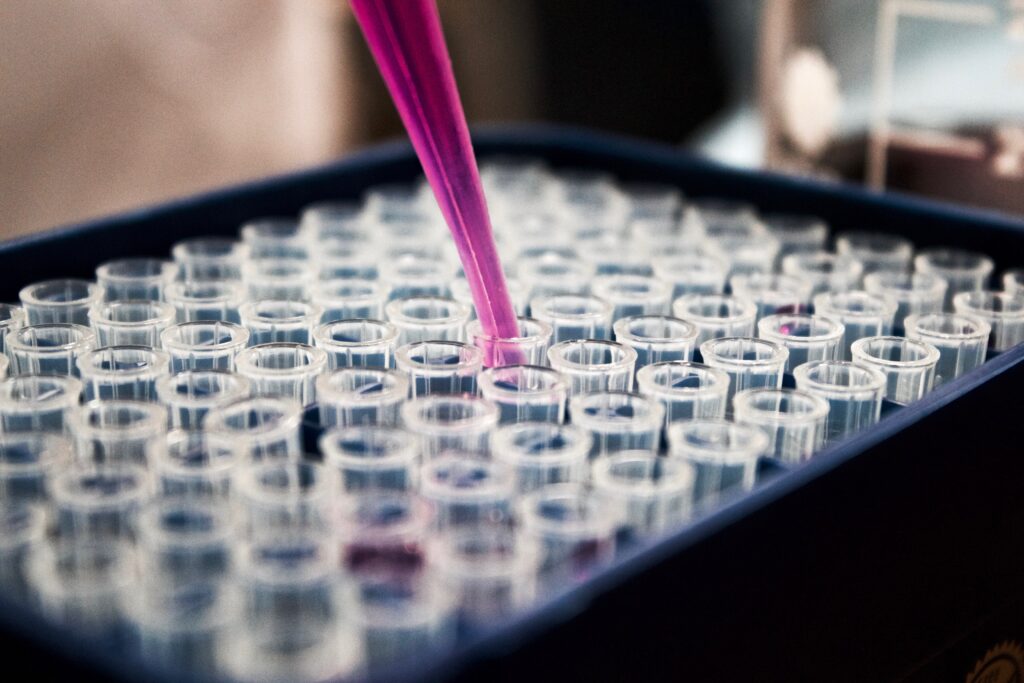

Endotoxin testing, also known as Bacterial Endotoxin Testing (BET), plays a crucial role in ensuring the safety of medical devices. The BET test is an in vitro assay utilized to detect and quantify the presence of bacterial endotoxins, which are components of gram-negative bacteria cell and are released during bacterial death. Endotoxin testing is vital for preventing severe adverse reactions or even death in patients and is part of the lot release testing for medical devices. In this blog post, we’ll explore the significance of BET, testing methods, industry standards, and when and why it’s conducted.
Why is Endotoxin Testing Important?
The presence of endotoxins can lead to fevers and other adverse reactions when a medical device comes into contact with a patient. BET testing allows the medical device industry to identify potential risks associated with their products. The testing is crucial to ensure that over time, the device does not cause severe adverse reactions or pose a threat to the patient’s well-being.
Testing Methods
The main method of BET testing is the Limulus Amebocyte Lysate (LAL) test. There are several methods of the LAL test, each offering unique advantages. These include:
Gel Clot Method:
- Results in sample clotting if endotoxins are present.
- A popular method due to its simplicity.
- Semi qualitative provides an estimation of gram-negative content.
Turbidimetric Method:
- Causes samples to become cloudy or opaque.
- Utilizes spectrophotometric methods.
- Qualitative, fast, and automated.
Chromogenic Method:
- Visualizes the reaction through the use of a dye and spectrophotometric methods.
- Highly sensitive.
- Qualitative, fast, and automated.
Industry Standards
The ANSI+AAMi ST72 standard aligns with FDA requirements for BET testing. While there aren’t numerous standards for bacterial testing in medical devices, BET is highly monitored, and industry professionals adhere to documented guidelines. Compliance with these standards is essential for ensuring the safety and effectiveness of medical devices.
When to Perform BET Testing?
The timing of BET testing depends on the intended use of the medical device. If the Original Equipment Manufacturer (OEM) deems it unnecessary, they must provide sufficient justification in their Risk Files submitted to regulatory authorities. BET testing is often conducted after sterilization, as bacterial death is necessary to release toxins.
Examples of Non-Pyrogenic Products
The ANSI+AAMi ST72 standard provides examples of products that are expected to be non-pyrogenic. These include devices with intravascular, intralymphatic, intrathecal, and intraocular contact, as well as implantable medical devices like heart valves and neuro-shunts.
General Limits
The USP <161> defines endotoxin limits for medical devices. For most devices, the limit is not more than 20.0 USP Endotoxin Units per device. However, devices in contact with cerebrospinal fluid may have a lower limit of 2.15 USP Endotoxin Units per device. Intraocular ophthalmic devices may have even more stringent limits, as specified by the US FDA Intraocular Ophthalmic Guidance.
Conclusion
In conclusion, BET testing is a critical component of ensuring the safety and effectiveness of medical devices. Adhering to industry standards and guidelines, such as ANSI+AAMi ST72 and USP <161>, is crucial for regulatory compliance. As the medical device industry continues to advance, BET testing remains an essential step in the development and quality control processes to protect patients from potential harm.